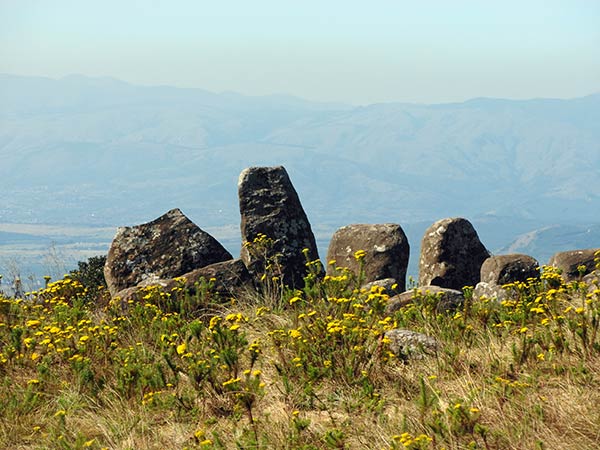
Adam's Calendar stone ring (Enlarge)
The stone ring now misleadingly called 'Adam's Calendar' was first brought to the public attention in 2003 by the South African bush pilot Johan Heine. Mr. Heine and another non-scientist, Michael Tellinger - both of whom have no training in archaeology or archaeoastronomy - have since 2003 made what this author, and numerous others, claim to be preposterous statements regarding the age and the identity of the original builders of the site.
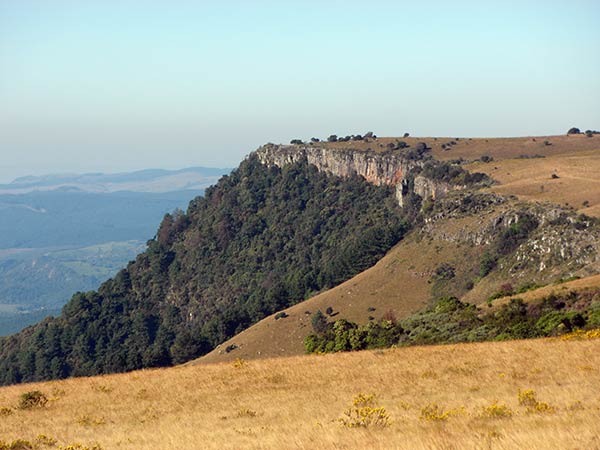
Hilltop location of Adam's Calendar stone ring (Enlarge)
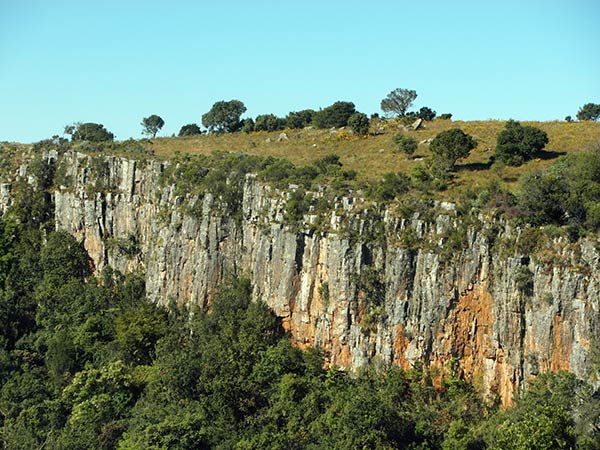
Hilltop location of Adam's Calendar stone ring (Enlarge)
Writing about the site and Tellinger's completely unsubstantiated claims, the scholar Andrew Collins explains …
Such ideas on Michael's part are inspired by the writings of Zecharia Sitchin, who in various bestselling books wrote that the Annunaki created gold mines in South Africa, where evidence of mining is said go back at last 75,000 to 80,000 years. Sitchin's source for his beliefs were a series of Sumerian and Hebrew texts, which he translated differently to anyone else who had ever looked at them. I read his book The Twelfth Planet back in 1995, and I can say categorically that in my opinion his translations of the texts are pure fantasy as I also read and commentated on many of the same texts for my own book From the Ashes of Angels (1996). In this I ably demonstrate that the Annunaki and Nephilim were names given to the founders of civilization who rose to prominence in the area of the Near East, the ancient land of Eden, around 11,000 years ago. They were not spacemen from Nibiru but quite likely flesh and blood human beings, a priestly or shamanic elite, who arrived in the region from somewhere else in the ancient world around the time of a massive cataclysm, almost certainly a comet impact. It is a subject I developed in various of my books, and am convinced of its validity, especially with the discovery in southeast Turkey in 1994 of Gobekli Tepe, the oldest stone circle complex in the world. Its existence confirms the likelihood of a highly advanced culture existing in the Near East around the end of the last Ice Age.

Adam's Calendar stone ring (Enlarge)
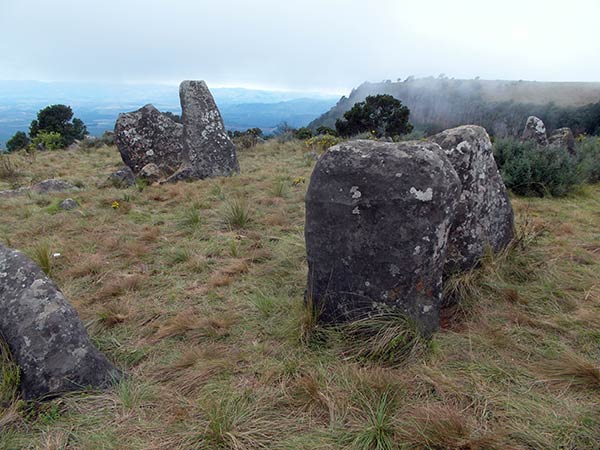
Adam's Calendar stone ring (Enlarge)
I can categorically say that I have seen nothing that might convince me that Adam's Calendar was constructed beyond the currently held time-frame of megalithic construction, which began with Gobekli Tepe and the other Pre-Pottery Neolithic structures of SE Turkey and North Syria c. 10,000-9000 BC. Moreover, there is no argument that might be used to argue that any proposed alignment towards the belt stars of Orion only makes sense if the site was constructed 75,000 years ago. No calculations can be used to prove such an idea, not precession (a 26,000 year cycle), obliquity of the ecliptic (a 41,000 year cycle), or even much longer Milankovitch cycles, which only affect climate and not the earth's astronomical position against the local horizon.
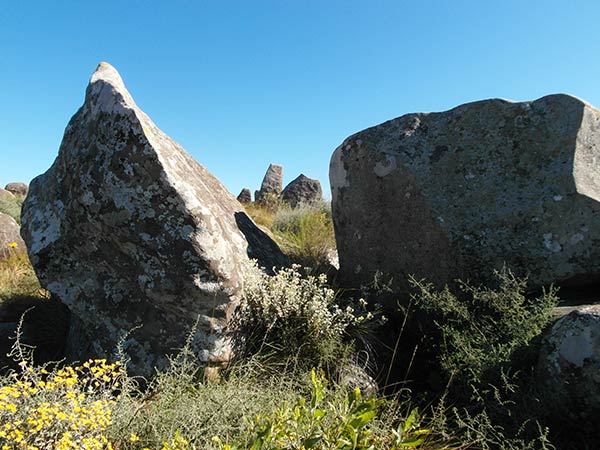
Adam's Calendar stone ring (Enlarge)
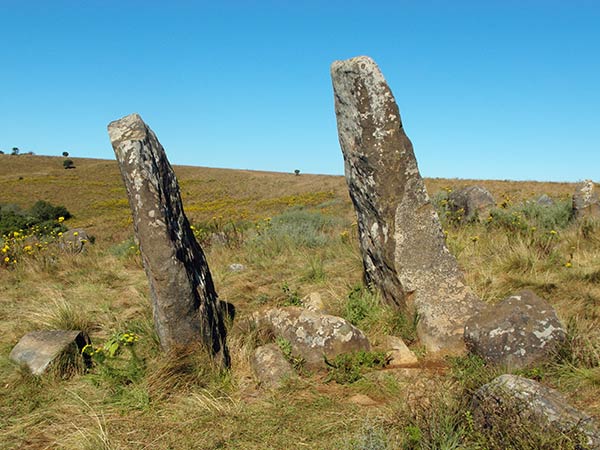
Adam's Calendar stone ring (Enlarge)
It is a subject I tackled back in 2010 after meeting Michael Tellinger for the first time. I worked with technical engineer Rodney Hale in an attempt to check out Adam's Calendar stated alignments, and found no evidence whatsoever to suggest that the monument went back 75,000 years.
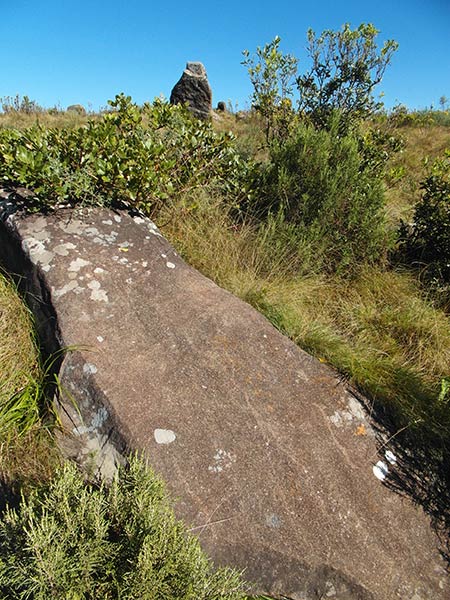
Adam's Calendar stone ring (Enlarge)
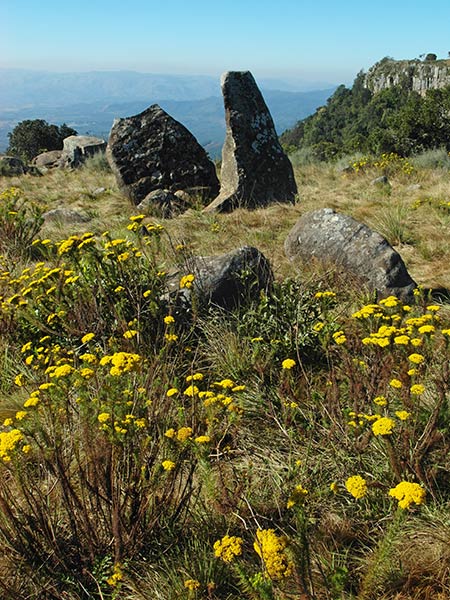
Adam's Calendar stone ring (Enlarge)
More worrying is the fact that the stones said to mark the alignment towards Orion, do no such thing. The alignment simply doesn't work, whatever time frame you use.
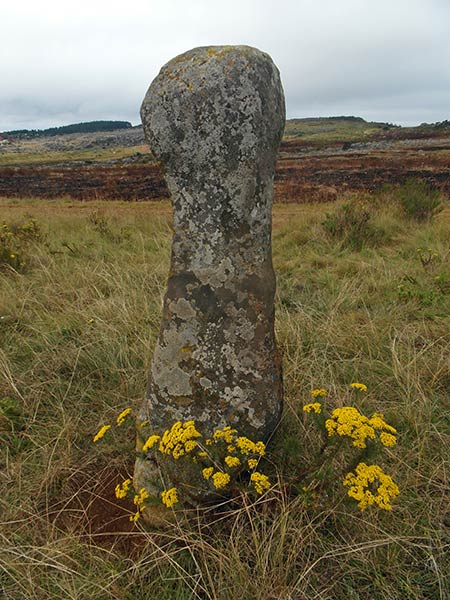
Adam's Calendar stone ring (Enlarge)
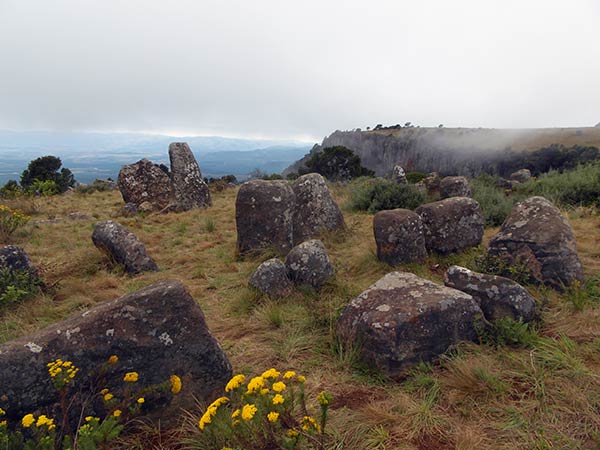
Adam's Calendar stone ring (Enlarge)
There is no question that Adam's Calendar (so named by John and Michael to determine its place as the oldest stone calendar in the world) is a fabulous site that deserves full investigation. However, to assume that this stone setting, where a number of stones have been set upright by ancient hands, goes back beyond our present evolutional cycle is simply nonsensical without any hard evidence. Using such assumptions to then go on to promote Adam's Calendar as an outpost of Zecharia Sitchin's vision of the Annunaki some 200,000 years ago is impossible to handle. These are personal beliefs that should be completely removed from any scientific exploration of the site.
http://andrewcollins.com/page/articles/txsa_4_adams.htm
 Martin Gray is a cultural anthropologist, writer and photographer specializing in the study of pilgrimage traditions and sacred sites around the world. During a 40 year period he has visited more than 2000 pilgrimage places in 165 countries. The World Pilgrimage Guide at sacredsites.com is the most comprehensive source of information on this subject.
Martin Gray is a cultural anthropologist, writer and photographer specializing in the study of pilgrimage traditions and sacred sites around the world. During a 40 year period he has visited more than 2000 pilgrimage places in 165 countries. The World Pilgrimage Guide at sacredsites.com is the most comprehensive source of information on this subject.